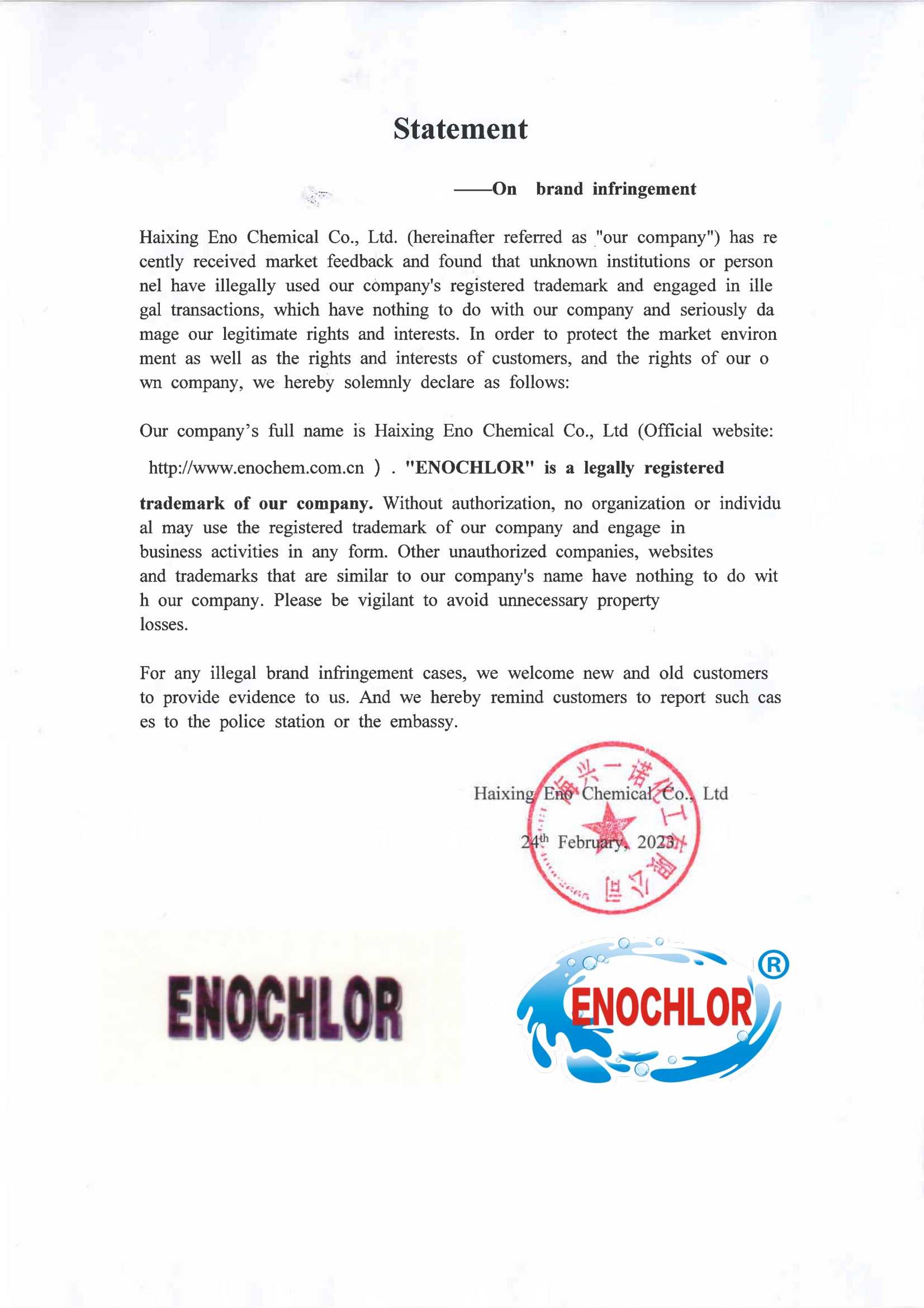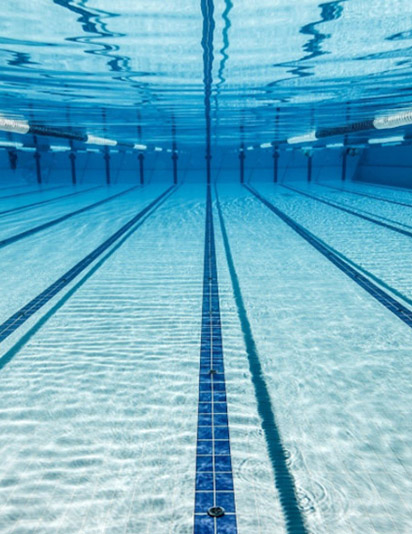CALCIUM HYPOCHLORITE
Swimming pool disinfection
CALCIUM HYPOCHLORITE
Drinking water treatment
CALCIUM HYPOCHLORITE
Waste water treatment
CALCIUM HYPOCHLORITE
Disinfectant for Fish and Shrimp farming
CALCIUM HYPOCHLORITE
Bleaching Textile industry
CALCIUM HYPOCHLORITE
Cleaning Fruits and vegetables
HAIXING
ENO CHEMICAL CO., LTD.
Haixing Eno Chemical Co., Ltd (Eno Chem) is a professional manufacturer of Calcium Hypochlorite in sodium process, who is committed to producing and marketing quality and safe disinfectant for global consumers.Founded in 2012, Eno Chem is located in Haixing county, Hebei province, China, occupying an area of 70,000 square meters...
Company Profile
Haixing Eno Chemical Co., Ltd (Eno Chem) is a professional manufacturer of Calcium Hypochlorite in sodium...
Development path
In May 2020, Branch company AQUATECH GROUP LIMITED was established, responsible for the export business.
Brand Story
Enochlor calcium hypochlorite is a chlorine-active bactericide widely used in swimming pools, drinking water and food processing
OUR ADVANTAGE
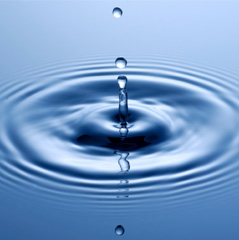
Professional
Manufacturer of chlorine chemicals, calcium hypochlorite, TCCA, SDIC

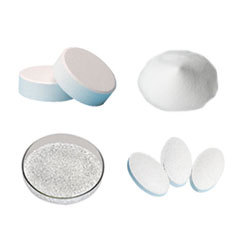
Various products
SDIC --- 56%, 60%. Granular.
Calcium hypochlorite: 65%,70%. Granular, tablet.

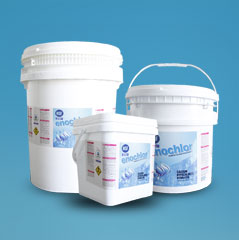
Various packing size and style
From 5kg to 50kg, Round drum & Octagon drum & US style drum


Service system
Professional sales and after-sales service team

NEWS CENTER
-
1. What is Calcium hypochlorite? The main components of bleaching powder commonly used in aquaculture are calcium chloride and calcium hypochlorite. Among them: the effective component of bleaching powder that plays a role in disinfection is calcium hypochlorite [ca (CLO) 2], and calcium chloride is a chemical substance that will obviously absorb moisture. Due to the existence of calcium chloride in bleaching powder, the available chlorine in bleaching powder is easily affected and reduced. Because calcium hypochlorite is the essence of bleaching powder, calcium hypochlorite is also called bleaching powder essence in the market. Compared with bleaching powder, it is pure calcium hypochlorite essence and does not contain calcium chloride and other hygroscopic substances. The chlorine content is about 68%, which is significantly higher than the effective chlorine content of the newly produced non damped bleaching powder. Generally, the disinfection dose is only 0.1~0.2ppm. In aquaculture and other industries that need disinfection and oxidation, disinfectants that dissolve in water and produce hypochlorite are generally referred to as chlorine containing disinfectants. The germicidal efficacy of chlorine containing disinfectants is closely related to the amount of effective chlorine they contain. The higher the effective chlorine, the stronger the disinfection and oxidation capacity. 2. Comparison of advantages and disadvantages between bleaching powder and calcium hypochlorite Advantages of bleach: It is cheap and has obvious effect on general pathogenic microorganisms. Disadvantages of bleach: Due to the strong water absorption of calcium chloride contained in bleaching powder, it is easy to decompose when exposed to light, water, heat, etc., and is not resistant to storage. Especially in humid areas, the available chlorine of bleaching powder will decrease exponentially in about a month. Even lead to the loss of proper disinfection effect. The principle of bleaching powder deterioration: Calcium chloride in bleaching powder absorbs water and makes calcium hypochlorite in bleaching powder generate hypochlorite. 3. Hypochlorous acid will decompose into hydrogen chloride and oxygen under light conditions, thus losing effective chlorine. Advantages of calcium hypochlorite: contains very little hygroscopic calcium chloride, so calcium hypochlorite is relatively stable and resistant to storage and transportation (which is very important to ensure the disinfection effect). Compared with bleaching powder, the available chlorine of calcium hypochlorite is stable and high, which has obvious effect on general pathogenic microorganisms. The amount of use in disinfection is small, which reduces the amount of labor. Disadvantages of calcium hypochlorite: Since calcium hypochlorite contains a large amount of effective chlorine, protective measures need to be taken during operation. Know More -
04-152024
Calcium hypochlorite Market Overview
Market Overview It is estimated to reach USD 1,808.11 million by 2031, growing at a CAGR of 11.13% over the forecast period (2023–2031). Market growth is anticipated to be driven by the rising demand for calcium hypochlorite in the coming years, driven by the rising usage of hygiene products to prevent water-borne diseases like cholera and typhoid. Calcium hypochlorite is an inorganic compound utilized as a component in chlorine powder and bleaching powder, among other applications. It undergoes gradual decomposition in humid air and emits a potent chlorine odor. Calcium hypochlorite overuse can be harmful and irritate the skin. It has extensive applications in the disinfection of swimming pools, water purification, and bleaching textiles and paper. Calcium hypochlorite must be stored away from organic materials such as cloth, wood, and petroleum products since it can cause an explosion or fire when reacted. Calcium hypochlorite is mainly used to disinfect drinking water and public swimming pools. The surging usage of calcium hypochlorite in spas, hot tub water, and swimming pools is anticipated to positively impact the growth of the calcium hypochlorite market worldwide. It is used as an oxidizer for decontaminating mustard gas and as a pesticide for insects, especially caterpillars. Calcium hypochlorite is also used to kill bacteria in different food products. It is utilized to sanitize the surfaces of different equipment and utensils. In households, calcium hypochlorite is commonly used in algaecides, bathroom cleaners, herbicides, household disinfectant sprays, laundry detergents, etc. Know More -
04-092024
Pros of Calcium Hypochlorite
Calcium hypochlorite is a white, concentrated chemical sold as a powder, as crystals and in tablets. All are used to disinfect and sanitize drinking water and swimming pool water. When combined with water, calcium hypochlorite releases oxygen and a high concentration of chlorine molecules. Chlorine is an effective way to kill bacterial and fungal populations in water sources, and, compared with other sources of chlorine for water purification, it is easier and safer to use. However, there are some downsides to be aware of in calcium hypochlorite use. Cost Effectiveness One of the primary benefits of calcium hypochlorite is that a relatively small amount of the chemical can successfully disinfect large amounts of water, making it one of the most cost-effective choices in water sanitation. According to Survivaltopics.com, a site devoted to providing readers information about surviving outdoors and during emergency situations, a 1-lb. bag of calcium hypochlorite in granular form can treat up to 10,000 gallons of water. Ease of Use Although using chlorine as a water disinfectant is generally simple and efficient, calcium hypochlorite is preferred over the other common forms of chlorine water treatment–chlorine gas and liquid bleach (also known as sodium hypochlorite)–because it is more stable, requires less equipment to use and is easier to transport. Chlorine gas is highly effective but must be handled with extreme care because of its hazardous, corrosive nature. Liquid bleach is most useful when treating only small amounts of water. By contrast, calcium hypochlorite is safer to handle than chlorine gas and can be used on much larger volumes of water than bleach. Length of Storage Another benefit of calcium hypochlorite is that it can be stored for long periods of time without any of its disinfectant ability diminishing. Other forms of chlorine, such as liquid bleach, degrade in a matter of months. In order to be certain that your bleach has the optimal level of chlorine, a representative of Clorox says, you should change your supply of bleach every three months. Length of Storage Another benefit of calcium hypochlorite is that it can be stored for long periods of time without any of its disinfectant ability diminishing. Other forms of chlorine, such as liquid bleach, degrade in a matter of months. In order to be certain that your bleach has the optimal level of chlorine, a representative of Clorox says, you should change your supply of bleach every three months. Know More -
04-012024
When to use Calcium Hypochlorite in a Pool ?
When to use Calcium Hypochlorite in a Pool ? In the realm of pool maintenance, ensuring water safety and quality is paramount. One of the key elements in maintaining a pristine pool environment is the proper use of chemicals, with Calcium Hypochlorite emerging as a trusted ally for pool owners. In this comprehensive guide, we will explore the optimal times and methods for using calcium hypochlorite to maintain a safe and inviting swimming pool. Understanding Calcium Hypochlorite: Calcium hypochlorite is a powerful and versatile chemical compound commonly used as a disinfectant and sanitizer in swimming pools. It effectively eliminates harmful microorganisms, bacteria, and algae, thereby preventing waterborne illnesses and ensuring a crystal-clear swimming experience. When to Use Calcium Hypochlorite: Weekly Shock Treatment: Regular pool shock treatments are essential to break down accumulated organic matter, sweat, oils, and other contaminants that can lead to cloudy water and an unpleasant swimming environment. Experts recommend using calcium hypochlorite to shock the pool on a weekly basis, preferably in the evening when the sun’s UV rays are less intense. Opening the Pool: When the pool is reopened for the swimming season after a period of inactivity, it’s crucial to use calcium hypochlorite to shock the pool water. This will eliminate any bacteria or algae that might have proliferated during the pool’s downtime. After Heavy Usage or Rain: Following periods of heavy pool usage, such as pool parties or gatherings, it’s advisable to shock the pool with calcium hypochlorite to restore optimal chlorine levels and water clarity. Additionally, rainwater can dilute chlorine levels, making it necessary to shock the pool afterward. Algae Infestation: If your pool has been invaded by algae, calcium hypochlorite can be a potent tool for eradication. Algae can quickly turn a clear pool into a green mess, but a carefully calibrated shock treatment can help regain control. Know More
CONTACT US
FEEDBACK
© 1999-2018 北京网站建设有限公司 Copyright © 2012-2022 All Rights Reserved Powered by www.300.cn 冀ICP备12012949号 津公网安备 12010302002173号 Seo tag


